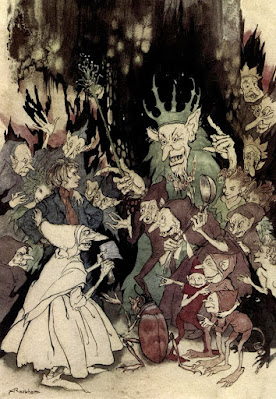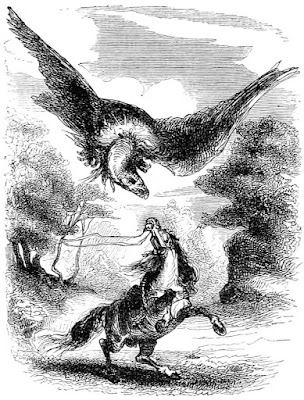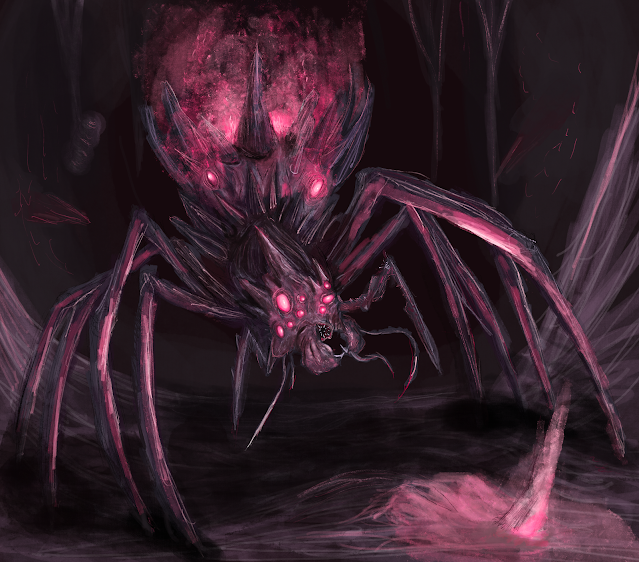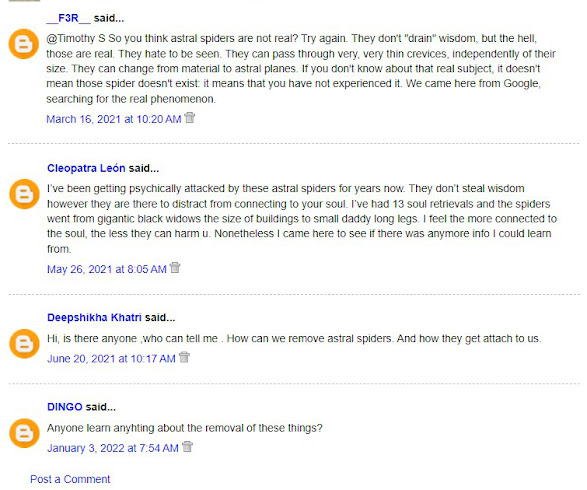Little delay today. Had internet issues off and on AND the first measurable snowfall here in Chicago. I am sure these are not related.
My wife and I have been watching the AMC series "Dark Winds." It is based on the books by Tony Hillerman about Navajo Tribal police. It is a police procedural, but but set in the 1970s and has unique issues of its own due to the interactions between the various law enforcement entities (tribal police, sheriff, border patrol, FBI) and the Navajo culture. It also features quite a bit of dialogue in Diné, the language of the Diné/Navajo people. It is really good, and maybe just a little depressing at times.
I have mentioned before that I have always had a fascination with Dickson Mounds and Cahokia Mounds, as well as the Kaskaskia peoples. Many of the indigenous names, or their French or English derivatives, still name many places here that I am familiar with.
When the first snow falls in Chicago, local mainstay WXRT-FM always plays Frank Zappa's "Don't Eat the Yellow Snow." Well. I wanted to do a snow monster for today AND also do something from Native American lore. I really didn't want to do another Wendigo (as much as I enjoy them), but thankfully I found a monster that fits my needs.
Chenoo
Drawing of a Chenoo
Undead Spirit of Hunger and Greed
FREQUENCY: Very Rare
NO. APPEARING: 1 (unique) or 1–3
ARMOR CLASS: 2
MOVE: 9"/24" (fly)
HIT DICE: 7+7
% IN LAIR: 30%
TREASURE TYPE: D (in life, hoarded)
NO. OF ATTACKS: 1 (touch or bite)
DAMAGE/ATTACK: 2–8 plus special
SPECIAL ATTACKS: Energy drain, cold aura, wail of hunger
SPECIAL DEFENSES: +1 or better weapon to hit, immune to charm, sleep, hold, and cold
MAGIC RESISTANCE: 25%
INTELLIGENCE: Average (8–10)
ALIGNMENT: Chaotic Evil
SIZE: L (9–10' tall)
PSIONIC ABILITY: Nil
LEVEL/XP VALUE: VII / 1,200 + 10/hp
A Chenoo is the cursed spirit of a mortal who refused charity in life. Greedy, proud, and cold-hearted, they hoarded food and wealth while others starved. When they died, their souls were claimed by the cold hunger they had unleashed upon others. Now they appear as towering, frost-covered corpses with sunken features and teeth of ice, eyes glowing pale. Their presence chills the air, and their howls echo the cries of the starving.
A Chenoo attacks living beings out of an insatiable envy of warmth and sustenance. Its icy touch drains one energy level per hit, and any creature slain by this attack becomes a frozen corpse that will rise as a lesser Chenoo (4+4 HD) within a day unless blessed or burned.
Their aura radiates a 10’ cold zone, dealing 1–4 points of cold damage per round to all within range (save vs. spell for half).
Once per night, the Chenoo may utter a Wail of Hunger, a keening cry that forces all living creatures within 60’ to make a saving throw vs. spells or be overcome with magical hunger and weakness, reducing Strength and Constitution by –2 for 1d4 turns. Those who die under this curse are said to have their souls devoured, leaving behind a husk of snow and bone.
Solitary spirits, chenoo are found in frozen forests, desolate mountains, or abandoned villages where famine once struck. They remember their mortal lives dimly, clutching at phantom possessions and muttering about stolen food or ungrateful neighbors. Some witches claim that a chenoo’s curse can be undone if the spirit is offered a feast and genuine forgiveness, but few have survived to confirm it.
These undead creatures do not eat, yet they hunger eternally. They despise the living, especially those who share food or generosity, as such kindness burns them like holy fire. Their presence can blight the land for miles, causing game to vanish and winter to linger unnaturally long.
Chenoo are turned as Spectres. Lesser chenoo are turned as wraiths.












.jpg)
















